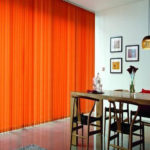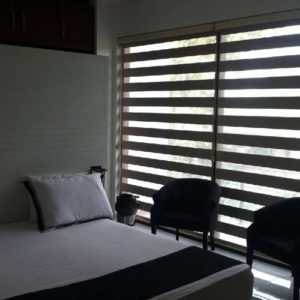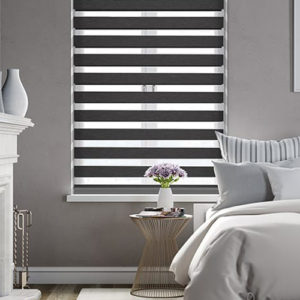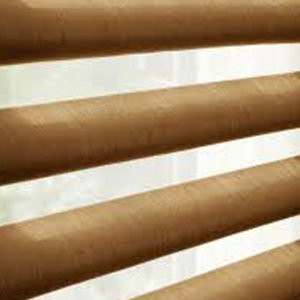Cordoba Orange Vertical Blinds
Vertical blinds have been thought of as one of those necessary things that we really don’t give much thought to. They are something that keeps out the sun while adding some decoration to your home. Many are surprised to hear that vertical blind provide some added advantages. By controlling the light they can save you money in more ways than one.
Those of us with large sized windows know all to well how the sun can pour through. The rays of the sun are then magnified when they pass through glass. This is great in the winter months however not do great at other times of the year. Sun can do a lot more damage than just making the room hot. The suns rays can fade and damage furniture. Continued exposure to the sun can actually destroy sofas, chairs and other upholstery type furniture. Vertical blinds can reduce this greatly. The vertical blind can reduce, divert and even completely bock the rays of the sun. The vertical blinds will save your furniture and save you the time and cost of having to have it recovered.
Vertical blinds can save you money in other ways. By reducing the rays of the run that enter into rooms the heat index will also start to drop. During the summer months you will save on electric and air conditioning costs. Savings of up to 20 percent are not uncommon with good strong vertical blinds. Vertical blinds can also help save money during the winter months as well. By keeping the windows covered with a good, strong vertical blind, less heat will escape. This will be reflected in lower heat and fuel bills.
Description
Unlike horizontal blinds, vertical blinds are less likely to collect dust because they stand vertically. Since they draw to the side rather than lifting and lowering, they are easier and faster to operate. They operate best on patio doors and sliding windows that slide from side to side. In the 1970s there were few choices of fabric- usually beige or white, which had to have stiffener embedded to prevent fraying, rather like on roller blinds fabric but using a thicker textile.
Vertical blinds became available in flat plastic (PVC), fabric, embossed PVC, faux wood materials, metal, wood and also S-curved slats. A more modern modification is to offer them with woodtrim at top and bottom- sometimes midway as well- and these are usually described as ‘Japanese Vertical blinds’ because they are often co-ordinated with Japanese style Shoji blinds using the same timber. Vertical blinds were most popular in the UK during the 1990s, since when sales have slowed as they lost popularity with a younger generation.



















